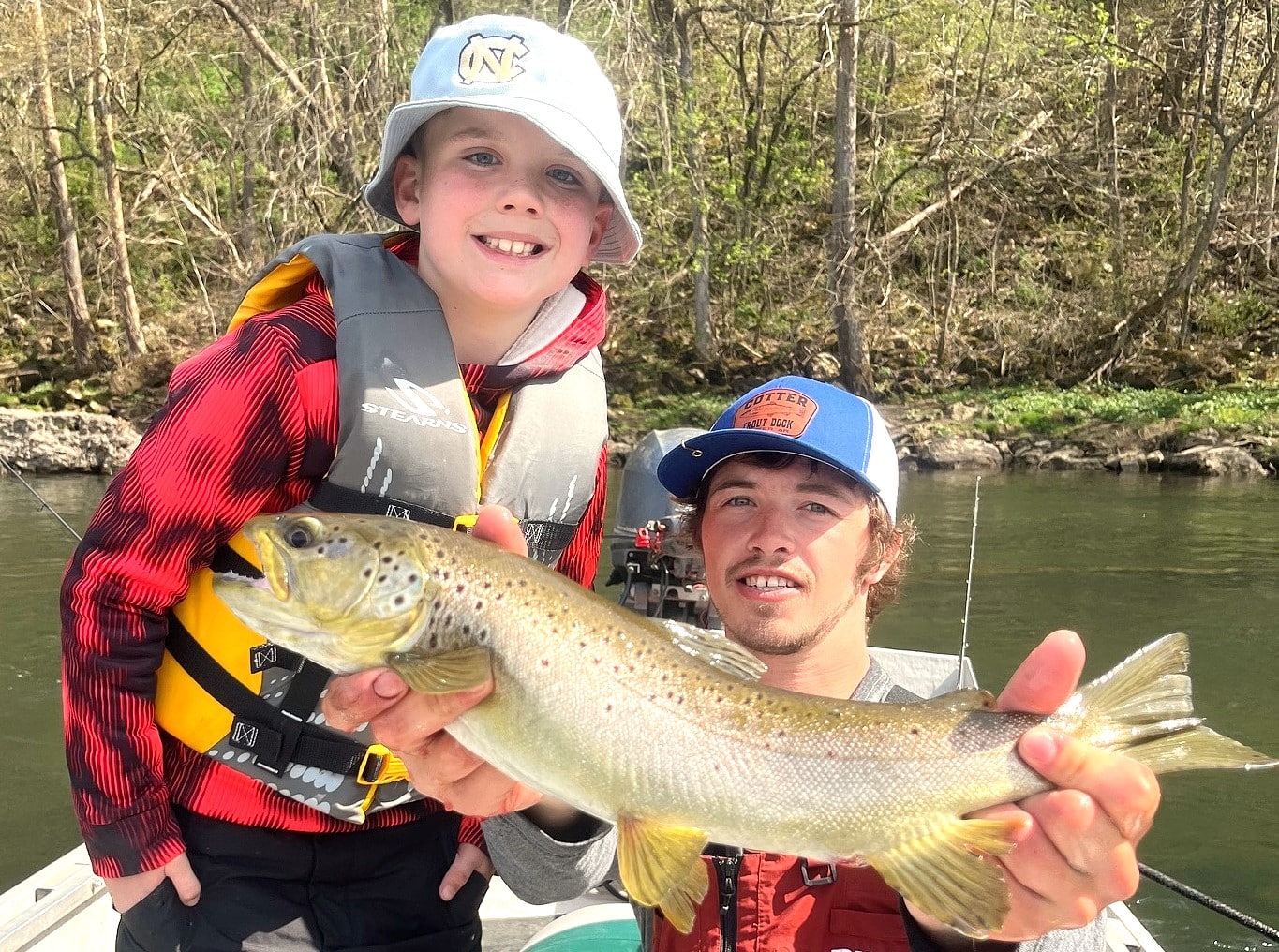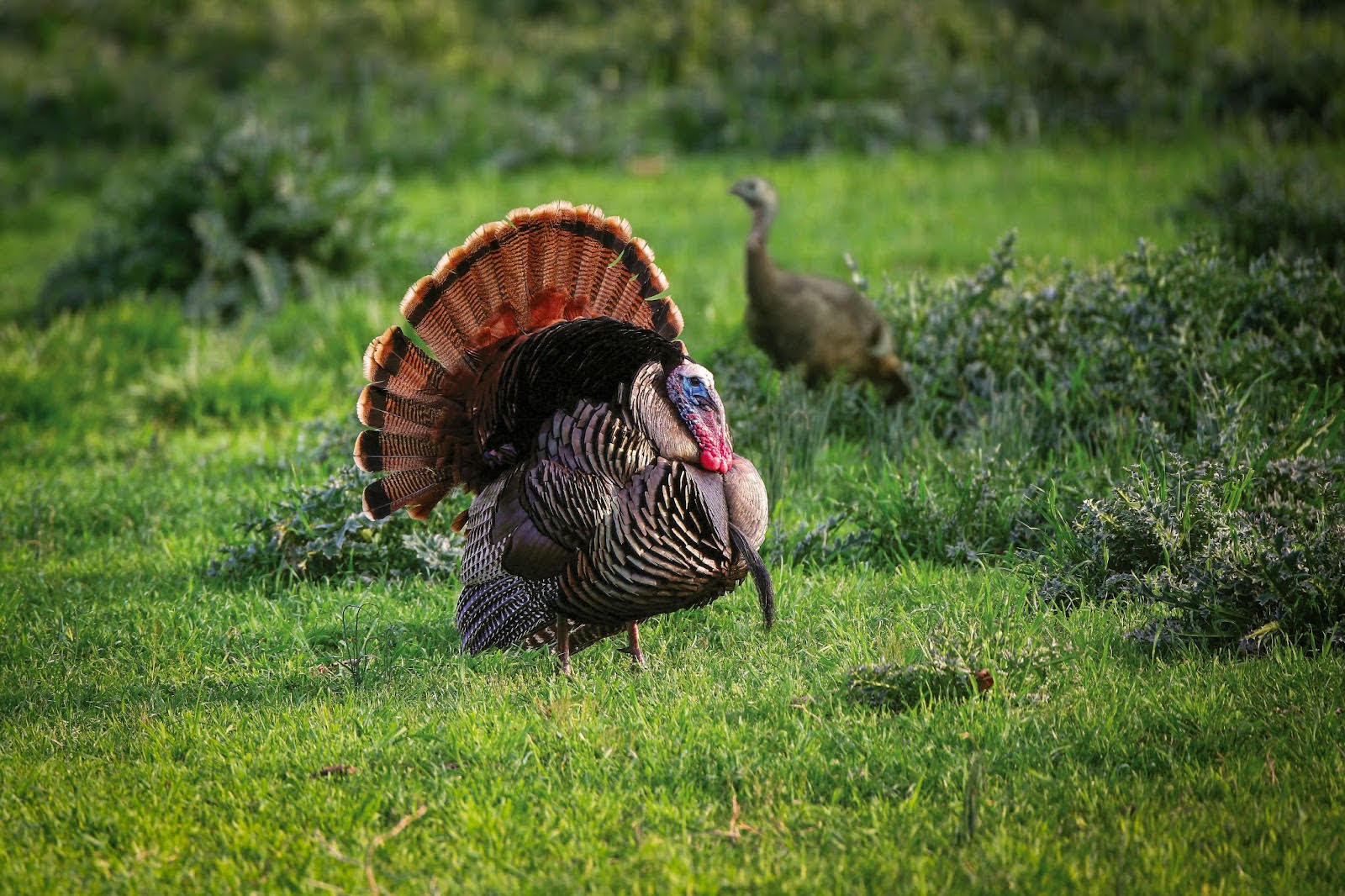AGFC’s newest quail stamp available; new Quail Program coordinator named
BY Jim Harris
ON 09-07-2022
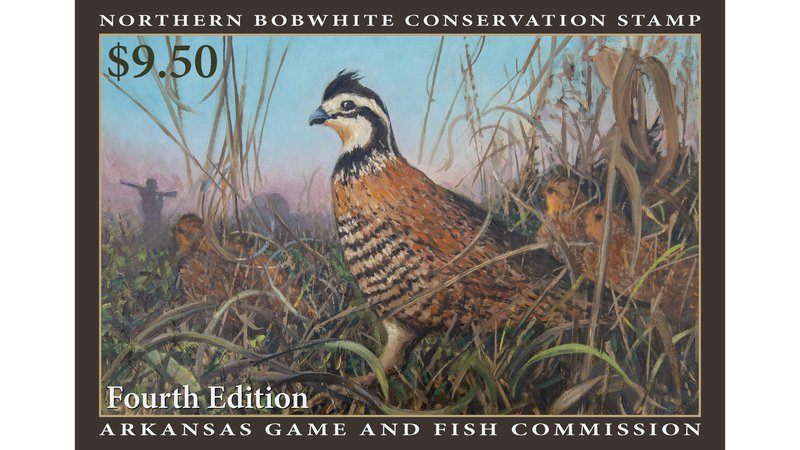
Sept. 7, 2022
Jim Harris
Managing Editor Arkansas Wildlife Magazine
A new Northern Bobwhite Conservation Stamp for 2022 is available for voluntary purchase, with the proceeds helping fund the Arkansas Game and Fish Commission’s restoration efforts for quail in The Natural State.
The AGFC’s Quail Program, coincidentally, has a new coordinator in Clint Johnson, an agency veteran who has been involved for a decade in the AGFC’s quail restoration efforts, most recently as an AGFC private lands biologist for the past nine years. Marcus Asher, who was the Quail Program coordinator for the previous five years, moved into a field biologist role earlier this year. Johnson accepted the job in early July.
“I like it,” the 36-year-old Johnson said of his new position. “I’m getting to see all different parts of the state. I was down at Hope (early last week), I’ve been to every corner of the state so far, and seeing these (wildlife management areas) I’ve never been on, getting to be a part of the good habitat work they’re doing.”
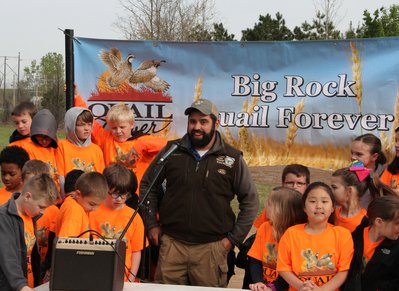
Working for the AGFC “is just the only thing I’ve ever done,” Johnson said. He started working for the agency after graduating from Conway High School, sitting on a tractor at the Camp Robinson Special Use Area near Mayflower. His part-time AGFC work continued through college, where he earned his bachelor’s degree in environmental science and a master’s degree in biology at the University of Central Arkansas, before joining the AGFC full time. His work as a private lands biologist allowed him to educate landowners in ways to improve habitat for bird species such as quail and other grassland obligate bird species, among other field work.
But the newest job, he said, “is the first time I’ve been able to specialize in quail and grassland habitat management.” Over his 11 years at the AGFC, he says he’s seen the push for quail restoration from the agency’s administration wax and wane, but it received a kickstart again about five years ago behind former commissioners Steve Cook and Fred Brown.
Asher came aboard and implemented a data collection plan to the habitat work already being done during fall and spring seasons. The new focus was on six WMAs and the Pea Ridge National Military Park that received extensive attention to restore quail habitat. For the first time in the agency’s history, intensive monitoring protocols on habitat, fall quail density and spring counts of grassland obligate breeding birds were performed to measure the success of the project.
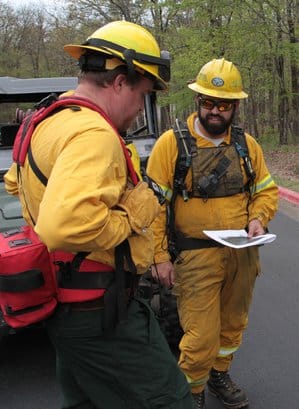
Meanwhile, private lands biologists like Johnson worked with landowners near those WMAs to change habitat practices with some of their acreage to aid in quail restoration, building on the anchor that was established on public lands.
“We’ve always tried to be steady in the work we’re doing, no matter how much pressure there is out there for it,” Johnson said. “All those (grassland obligate bird) species together are declining the same way that quail are.”
But those other species – such as indigo bunting, painted bunting, dickcissel and eastern meadowlark – aren’t game species, but rather watchable wildlife. The average Arkansan, outside of any birdwatchers, might only be aware of quail. But all need the same strong grassland and open forest habitat to survive, Johnson said. “They’re all equally important as far as the mission of our agency goes. We’re responsible for all of them.”
Johnson, who has led prescribed fire teams around Central Arkansas and the southern Ozarks, was awarded the Firebird Award from the National Bobwhite Conservation Initiative for educating private land owners about prescribed fire in habitat improvement. He was also named Forestry Educator of the Year, also for educating private landowners. Most recently, the National Wild Turkey Federation named him Wildlife Manager of the Year for Arkansas in 2021.
His new role will require more prescribing of the fire treatments from his office, Johnson said, but he still plans to get back in the field at times. “I will still be burning. I was burning (recently) on Stone Prairie WMA. I’m still qualified as a burn boss. I’ll be leading the burns when I can, but more working at the higher level of prescribing those treatments than implementing them … It’s more of a joint effort. That’s what I’ve been doing lately is going around these WMAs and seeing what they need.”
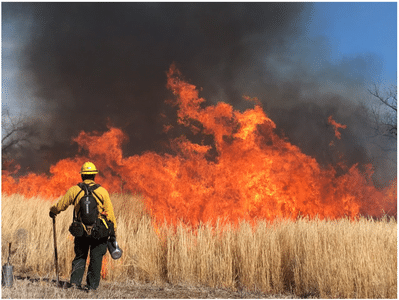
Historic Cane Hill near Lincoln, in Washington County, has partnered with the AGFC and the Arkansas Game and Fish Foundation for four years to promote the arts in Arkansas and help gain support to restore and conserve quail habitat. 2022 marked the first juried statewide competition to select artwork for the voluntary stamp. In mid-April, winning artist Tim Tyer’s work, “Bobwhites,” was unveiled at Historic Cane Hill.
The AGFC uses sales from the northern bobwhite and turkey conservation stamps to match many federal grants and work with partners such as the National Wild Turkey Federation to complete more than $1.6 million worth of habitat work in Arkansas. Fifteen projects encompassing nearly 6,000 acres benefited from stamp sales, all of which were aimed at restoring or enhancing critical habitat for quail and turkey. Mulching and thinning of overgrown thickets, as well as prescribed fire, have been implemented in these projects, all of which were made possible by the sale of these voluntary habitat stamps.
“All those funds from the quail and turkey stamps get pooled together and those go to on-the-ground work on public lands,” Johnson said, “and we can actually magnify that money using that match for federal dollars. It’s real good leverage for us to get a lot of work done.”
Visit www.agfc.com and click the “Buy License|Check Game” button to purchase a quail or turkey stamp and contribute to continued conservation work for these birds and other wildlife in Arkansas.
Recent News
Subscribe to Our Weekly Newsletter E-mails
Don’t miss another issue. Sign up now to receive the AGFC Wildlife Weekly Newsletter in your mailbox every Wednesday afternoon (Waterfowl Reports are published weekly during waterfowl season and periodically outside the season). Fishing Reports arrive on Thursdays. Fill in the following fields and hit submit. Thanks, and welcome!

